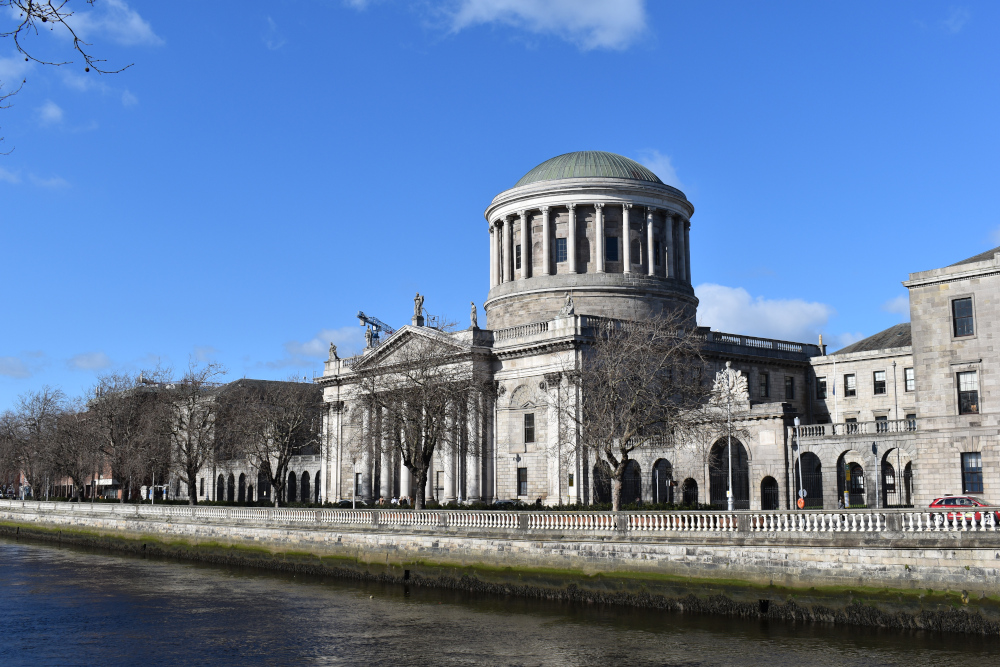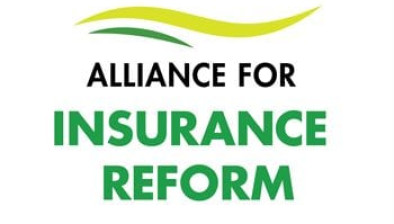Supreme Court: Questions on compulsory motor insurance answered in favour of RSA

The Supreme Court has answered questions of law concerning the compulsory motor insurance requirement in favour of RSA Insurance Ireland DAC.

About this case:
- Citation:[2024] IESC 43
- Judgment:
- Court:Supreme Court
- Judge:Mr Justice Brian Murray
Delivering judgment for the Supreme Court, Mr Justice Brian Murray pointed out that difficulties in implementing Directive 2009/103/EC have arisen as the State has purportedly discharged those obligations using statutory provisions that did not have EU law in view when enacted.
The judge explained that “continuous piecemeal changes” to those provisions risk further non-compliance and opined that a complete and coherent legislative overhaul of the compulsory motor insurance obligation “is long overdue”.
Background
Mr Moore, an employee of the first plaintiff (URRL), was severely injured on a public road when a bin fell onto him from URRL’s truck. Mr Moore, who had been driving the vehicle, claimed that the mechanism lifting the bin was defective and failed.
Mr Moore issued personal injuries proceedings as against URRL, which held an employers’ liability policy with the second plaintiff (RSA) and a motor insurance policy with the defendant (Zurich).
RSA’s policy excluded liability which was compulsorily required to be insured under the Road Traffic Act 1961 (as amended). Zurich’s motor policy excluded liability for death or bodily injury to any person driving the vehicle or in charge of the vehicle for the purpose of driving and any passenger being accommodated in or on the vehicle, except insofar as was necessary to meet the requirements of the 1961 Act.
Neither insurer accepted that URRL’s claim was covered by their policies. Mr Moore’s proceedings eventually settled, and consequently, there was no judicial determination of how the accident occurred and whether URRL was responsible for it.
As neither insurer would accept that the claim fell within their policies, URRL issued proceedings against RSA and Zurich with a view to resolving that issue. The court ordered that the issues of law arising were appropriate for the special case procedure. The questions were whether the liability (if any) of URRL to Mr Moore was one that was required to be insured under s.56 of the 1961 Act, and whether URRL was entitled to indemnity in respect of Mr Moore’s claim under (a) the Zurich policy or (b) the RSA policy or (c) both.
S.56(1) of the 1961 Act states inter alia that a person (the user) shall not use in a public place a mechanically propelled vehicle unless an insurer would be liable for injury caused by its negligent use or there is in place an insurance policy whereby the user or some other person who would be liable for injury caused by the negligent use of the vehicle at that time by the user, is insured against all sums which the user would be liable to pay.
The High Court determined that s.56 required that liability arising from the employee’s claim would be insured. The Court of Appeal decided that s.56 did not require the employee’s claim to be covered and that Zurich’s policy did not apply.
Leave to appeal to the Supreme Court was granted on the basis that the proceedings raised questions concerning the mandatory motor insurance obligation under s.56 and the interpretation of Article 12(1) of Directive 2009/103/EC which requires member states to adopt measures to ensure that civil liability in respect of the use of vehicles normally based in their territory is covered by insurance.
The central question before the Supreme Court was whether s.56 required that the insurance cover mandated by that provision would cover the liability (if any) of URRL to Mr Moore.
The Supreme Court
Mr Justice Murray considered that three issues arose: whether a liability to a ‘user’ of a vehicle falls within s.56, whether a body corporate could be a ‘user’, and whether an employer, through the actions of its employee, could be a ‘user’.
The judge noted the difficulties experienced by the parties in fitting their cases into the relevant provisions of the 1961 Act.
Zurich’s case was heavily dependent on the proposition that a claim brought by a person who was injured while using a motor vehicle was not subject to the obligation of compulsory insurance, and that ‘user’ meant the “actual user” and so URRL could not be liable. RSA posited inter alia that wrongdoing that may have been completely removed from the actual operation of the vehicle constituted “negligent use” of the truck in circumstances where only the specific “use” identified was Mr Moore’s operation of the lift mechanism.
The court considered that these difficulties arose as when it was introduced, s.56(1) was not understood as capturing negligent use of a motor vehicle of the kind at issue. When the obligation was first imposed by the Road Traffic Act 1933, it was addressed only to ‘driving’ of the vehicle but was then expanded to “use” by the intervention of Article 12 of the Directive, which states inter alia that the mandatory insurance cover shall cover liability for personal injuries to all passengers, other than the driver, arising out of the use of a vehicle.
Mr Justice Murray found it unclear from Article 12(1) whether the provision mandates that the driver be excluded from the scope of insurance cover or whether it merely grants member states the option not to extend mandatory cover to liability to the driver, and whether the exclusion is concerned only with claims arising from the driver’s actions in driving the vehicle, or whether once a person had been the driver and had alighted from the vehicle he or she was for that reason alone outside the compulsory insuring obligation.
The court saw no basis upon which s.56 could be construed so as to exclude liabilities to a person simply because they were a ‘user’, irrespective of what EU law required, and highlighted that while Mr Moore could not maintain an action for injuries wholly caused by his own negligence, the legislation did not exclude the possibility of two users of a motor vehicle and so there was nothing in s.56(1) to justify the conclusion that where one user is injured as a result of the negligence of another user, the resulting liability would fall outside the terms of s.56(1) if the conditions otherwise provided for in that provision are met.
Accordingly, the Court could not construe the provision so as to exclude a liability to Mr Moore from its terms.
As to the issue of whether a body corporate could be a ‘user’, Mr Justice Murray found the issue to be a “confusing diversion”, noting that the question was not whether a body corporate could be a user, but whether ‘use’ could arise through the actions of another. Finding that the legislation required a broad construction, the judge determined that there was no particular reason why a company could not control, manage or operate a vehicle and there was nothing to suggest that the Oireachtas intended that only a natural person could be a user for the purpose of s.56.
As to whether an employee could be a ‘user’, the court reasoned that there are a number of provisions in the 1961 Act which refer to an ‘actual user’ which are used where the legislature wishes to address the person who was personally managing or controlling the vehicle. As such, s.56(1) was capable of accommodating use by attribution, and use by an employer through its employees was a “quintessential example of this.”
Mr Justice Murray commented that there are significant issues around the extent to which s.56 faithfully implements EU obligations, including inter alia the apparent requirement that ‘use’ occurs in a public place and its apparent limitation to liabilities in negligence.
Conclusion
Accordingly, the Supreme Court answered the questions of law arising, concluding inter alia that if Mr Moore’s injuries were caused wholly by his own negligence, s. 56(1) was not engaged as URRL would face no liability in that situation, that URRL was a ‘user’ of the vehicle at the time of Mr Moore’s injury as its vehicle was being used on its behalf by its employees, and if Mr Moore’s injuries were caused by URRL’s negligence or by anyone for whose negligence URRL was liable, and if that wrongdoing rendered URRL’s use of the vehicle ‘negligent’, then URRL’s liability to Mr Moore was captured by s.56.
Urban and Recycling Limited & Anor v. Zurich Insurance PLC [2024] IESC 43









